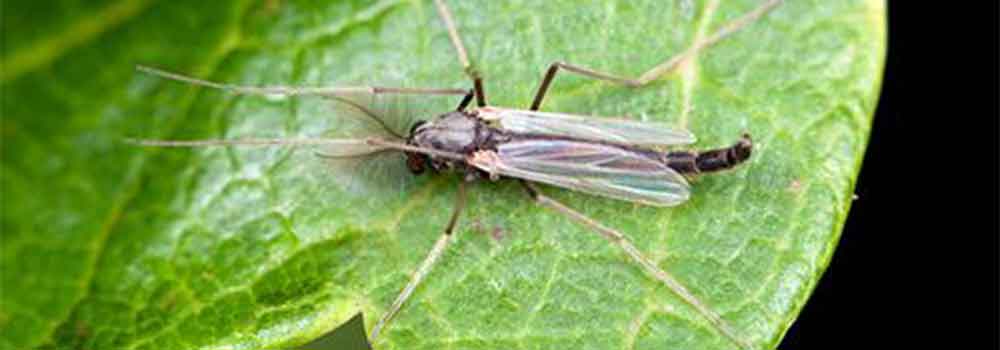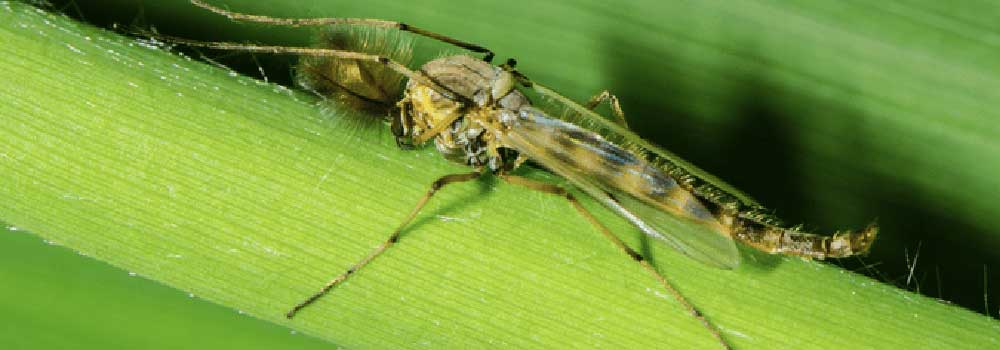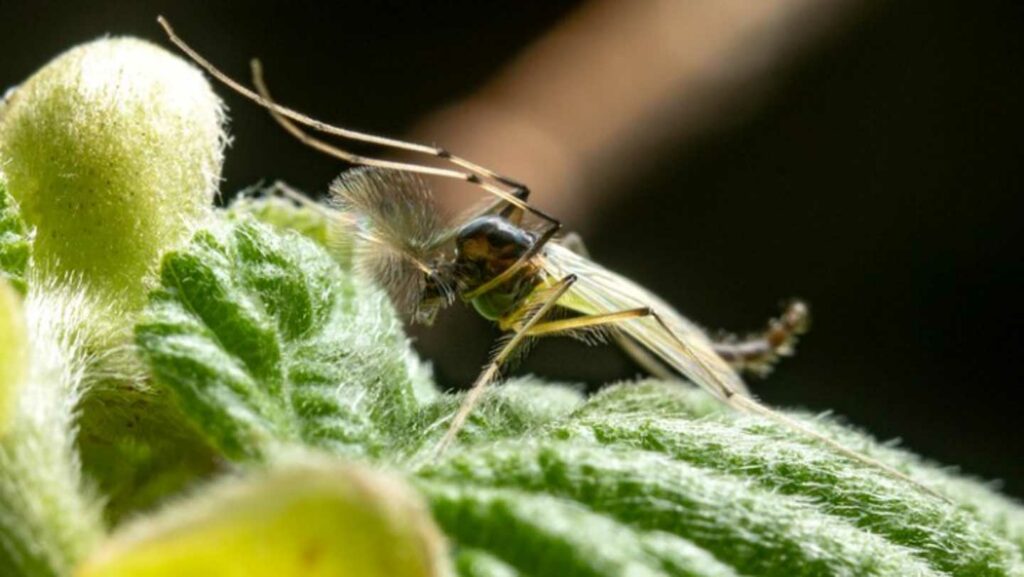Midge infestations disrupt garden harmony. Understanding these pests and implementing effective strategies are crucial. From natural repellents to tactical traps, empowering your gardening arsenal ensures long-term success.
This guide unveils practical methods for banishing midge swarms. Identifying various midge species provides insights into tailored control measures. Recognizing their life cycle informs strategic intervention.
Let’s delve into the world of midges and reclaim your garden like a pro. So, continue reading before you look for how to get rid of swarms of midges in garden.
Understanding The Midge Menace

Identifying midge species is crucial for targeted control. Varied species exhibit distinct behaviors, affecting intervention strategies. Recognizing midge life cycles unveils vulnerable stages for effective disruption.
Midges, often mistaken for mosquitoes, breed in aquatic habitats. Understanding their habitats guides precise control measures. Identifying breeding sites accelerates intervention success, breaking the life cycle.
Unchecked midge activity poses imminent threats to plant health. Midge larvae devour plant material, compromising growth and vitality. Immediate attention to midge presence safeguards garden ecosystems, fostering healthy plant development.
Creating An Unwelcome Environment For Midges

Leveraging natural repellents disrupts midge habits without harming ecosystems. Plants like marigold and lavender emit odors repelling midges naturally. Essential oils like neem and citronella act as potent midge deterrents.
Strategic watering practices play a pivotal role in midge control. Proper moisture levels hinder midge breeding, minimizing their impact. Adjusting watering schedules guarantees an environment inhospitable to midge larvae.
Landscaping choices can actively discourage midge habitation. Dense foliage and mulch act as barriers, making the environment less favorable. Planting strategically ensures a midge-unfriendly setting, supporting a thriving garden.
Tactical Warfare: DIY Midge Traps And Solutions
Constructing homemade traps provides an eco-friendly, cost-effective solution. Simple traps, like vinegar bowls and soap-water mixtures, capture midges effectively. DIY solutions empower gardeners to control midges without resorting to harsh chemicals.
Integrating insecticides judiciously supplements your defense against midges. Eco-friendly options like neem oil target midges without harming beneficial insects. Balancing intervention ensures a targeted, effective approach to midge control.
Companion planting serves as a natural defense mechanism against midges. Plants like basil and chives repel midges while enhancing overall garden health. Strategic plant placement creates a harmonious environment, discouraging midge presence.
Timing And Consistency In Midge Management
Understanding seasonal patterns is essential for effective midge management. Midge activity varies with temperature and humidity, guiding intervention timing. Targeting midge hotspots during peak seasons maximizes control impact.
Regular maintenance routines are the backbone of midge management. Consistent monitoring identifies early signs of midge presence, preventing infestations. Routine adjustments to control strategies maintain a resilient, midge-resistant garden.
Vigilance and adaptability are key in sustaining a midge-free haven. Observing environmental changes ensures timely responses to evolving midge threats. Dynamic strategies, tailored to seasonal shifts, guarantee a robust defense against midge resurgence.
Community Engagement: Encouraging Natural Predators
Harnessing the power of birds, bats, and amphibians introduces balance. Encouraging natural predators creates a self-sustaining ecosystem, controlling midge populations. Providing habitats for these allies ensures their presence in your garden.
Creating habitats fosters an environment where natural predation thrives. Birdhouses, bat boxes, and water features attract beneficial predators, curbing midge numbers. Biodiversity in the garden creates a balanced ecosystem, naturally regulating midge populations.
Community education amplifies collective efforts against midge infestations. Sharing knowledge on midge-friendly plants and practices fosters awareness. Empowering fellow gardeners builds a united front, ensuring a midge-resistant gardening community.
Long-Term Midge Prevention And Garden Maintenance
Implementing sustainable practices is the cornerstone of long-term success. Conserving natural enemies of midges, like spiders and ladybugs, maintains ecological balance. Minimizing chemical interventions preserves the garden’s natural equilibrium.
Educating fellow gardeners ensures shared responsibility in midge prevention. Knowledge exchange on sustainable practices promotes community-wide resilience. A united effort guarantees a collective defense, securing gardens against recurring midge threats.
Knowing what attracts midges, staying vigilant, and recognizing signs of reinfestation is crucial. Early detection allows prompt intervention, preventing midge populations from surging.
Conclusion
Equipped with insights and strategies, banishing midges is within reach. Sustainable gardening practices, collective awareness, and consistent vigilance will safeguard your garden.
Implementing sustainable practices guarantees lasting results. Educating fellow gardeners fosters a shared responsibility. Staying vigilant and recognizing signs of reinfestation ensures enduring success. Reclaim your outdoor sanctuary and revel in a thriving, midge-free haven.


